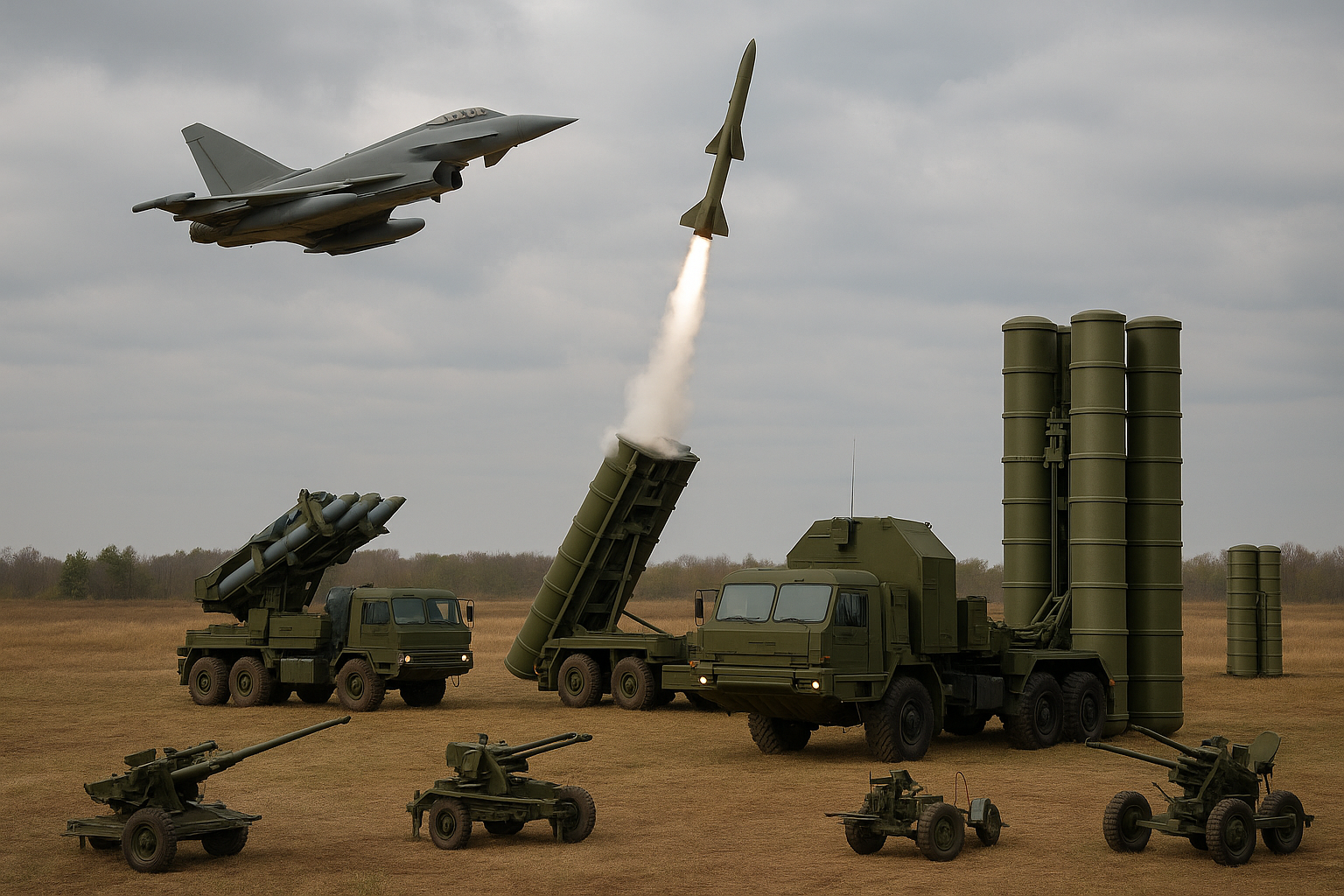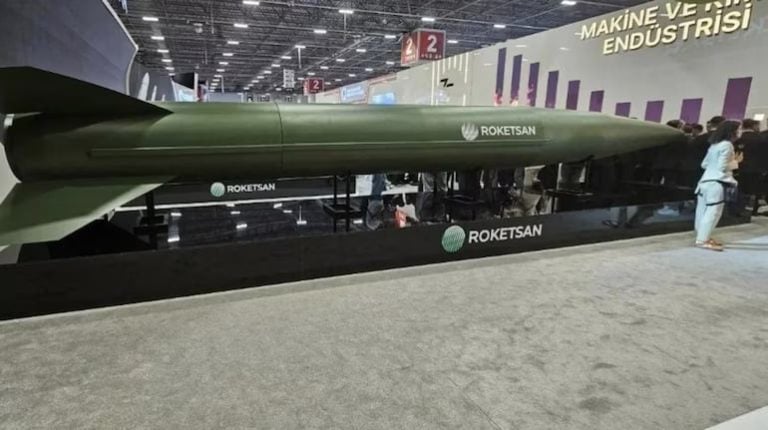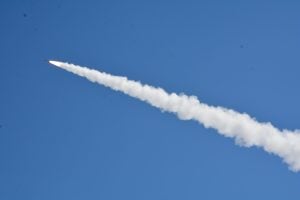India has swiftly advanced to become a prominent air power, boasting a sophisticated and integrated air defense network. This network includes an array of advanced missile systems, radar technology, fighter jets, and cutting-edge drones, enabling the country to effectively counter various threats from hostile aircraft to ballistic missiles and drone swarms. Ranking among the top five air powers in the world, the Indian Air Force (IAF) operates nearly 1,750 aircraft, which includes over 900 fighter jets, underlining its critical role in national security.
In recent years, India has strengthened its defense posture through strategic acquisitions, such as the landmark $7.4 billion Rafale deal and the procurement of the S-400 missile systems from Russia. These advancements form the backbone of a multi-layered air defense strategy.
Long Range Air Defense Systems
One of India’s key defense initiatives is the Ballistic Missile Defence (BMD) Programme, designed to intercept incoming ballistic missiles at two distinct levels: exo-atmospheric and endo-atmospheric. The BMD program incorporates two major interceptor systems:
-
Prithvi Air Defence (PAD): This exo-atmospheric interceptor operates at altitudes of up to 80 km and can neutralize threats in the 300–2,000 km range at hypersonic speeds exceeding Mach 5. Utilizing the Long Range Tracking Radar (LRTR), the PAD effectively identifies and tracks incoming missiles for a high-altitude engagement.
- Advanced Air Defence (AAD): Functioning as an endo-atmospheric system, the AAD is aimed at intercepting incoming missiles within the lower atmosphere, reaching altitudes of up to 30 km. With an operational range of 200 km and speeds approaching Mach 4.5, the AAD complements the capabilities of the PAD, thereby creating a robust layered defense.
Medium- and Short-Range Missile Systems
India’s arsenal also includes essential medium- and short-range missile systems designed to neutralize aerial threats such as enemy aircraft, cruise missiles, and drones:
-
Akash SAM: An indigenous surface-to-air missile system with a range of up to 45 km, the Akash can engage multiple targets simultaneously, including fighter jets and drones.
-
SPYDER: Developed in collaboration with Israel, this quick-reaction air defense system effectively intercepts threats within a range of 20–50 km, utilizing Python-5 and Derby missiles.
-
Barak-8: Co-developed by India and Israel, the Barak-8 missile system can engage targets up to 100 km away and is integrated across various branches of the armed forces.
- Quick Reaction Surface-to-Air Missile (QRSAM): Designed for rapid deployment in protecting armored columns, this system features mobility and operational capability in challenging terrains.
Legacy & Supplementary Systems
India continues to utilize several older but reliable air defense systems, upgraded with modern technologies to enhance their effectiveness:
- S-125 Pechora, 2K12 Kub (Kvadrat), and 9K33 Osa-AK are among the legacy systems still in service, albeit in a limited capacity.
Very Short-Range Air Defense (VSHORAD) Systems
As the last line of defense against low-flying aircraft and drones, these systems include:
- 9K35 Strela-10 and 2K22 Tunguska, both designed for rapid responsiveness on the battlefield, and equipped to handle a variety of aerial threats.
Spotlight: Akash SAM – India’s Indigenous Game-Changer
Among India’s homegrown systems, the Akash missile stands out for its capabilities and strategic importance. With an operational range of up to 45 km, the Akash system has been successfully exported to Armenia in a notable defense deal. The latest versions, such as the Akash-1S and Akash-NG, feature enhanced capabilities and are integral to India’s air defense network.
S-400 Triumf – India’s Strategic Deterrent
Acquired from Russia, the S-400 system provides a formidable layer of defense. It can detect targets up to 600 km away and engage them at ranges extending to 400 km. The system is vital for countering advanced threats, including stealth aircraft and ballistic missiles, and has been operational since 2022.
Drones & Loitering Munitions
India is increasingly incorporating drones and loitering munitions into its military strategy, particularly noted during Operation Sindoor. Systems such as the SCALP cruise missile and various loitering munitions enhance India’s operational capability to conduct precision strikes and neutralize enemy defenses.
Conclusion
The comprehensive and modern nature of India’s air defense capabilities positions it as a leader in regional security. Through continuous upgrades and strategic planning, India stands ready to neutralize any threat to its airspace, setting a benchmark for air power on the global stage.



















